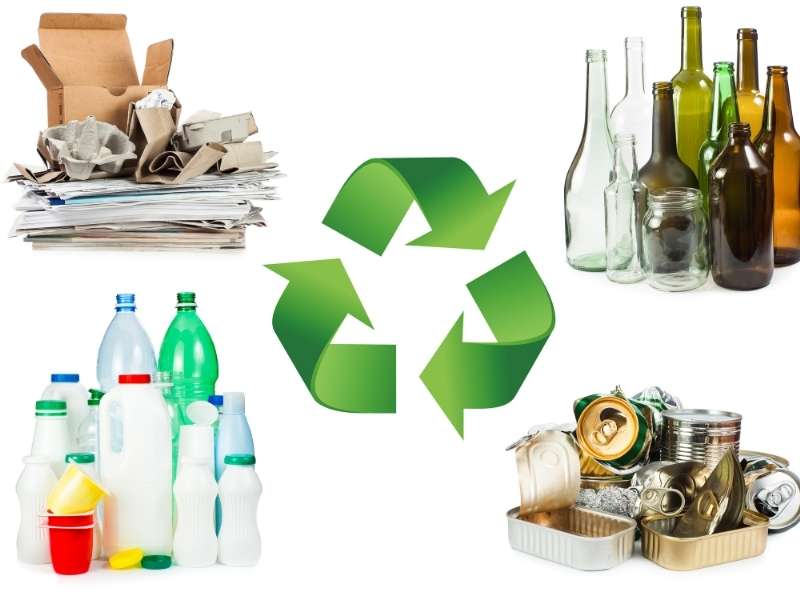GECO - Sustainability virtual italian fair
-
Virtual fair
- About us
- Expo event
- Press & Media
- Thematic areas
- How to participate
- Exhibitors
-
Sponsors
- Sponsorship
- Visibility
- Community
- Blog
- Login
-

One of the most important elements in the circular economy model is waste recycling. The reuse of materials already in circulation reduces the extraction and processing of new raw materials, thereby eliminating the corresponding CO2 emissions. When we think of Italy, we are often used to imagining it as relatively less efficient and less attentive to these issues than, for instance, northern European countries. But this is not the case: Italy is among the European countries that recycle the most. This is shown by the twelfth edition of the report 'L'Italia del Riciclo' (‘Recycling in Italy') by the Foundation for Sustainable Development and Fise Unicircular, which was recently presented and which examines various parameters to assess the current situation.
The pandemic has been, among other things, an ecological disaster for the planet. Urgent concern about the health emergency has often pushed individuals and governments to put everything, including sustainability, on hold. This trend, fortunately, seems not to have touched the recycling chain in Italy. Waste recycling has continued to grow and, despite the fact that it has not yet been made compulsory everywhere, it is estimated that the target of 77% by 2025 will be reached easily. Italy's waste recycling increased by 7.5% and 8% respectively for organic and textile waste. Italy also ranks first in Europe for the recycling of special waste and second for the recycling of municipal waste. The recycling of packaging also ranks high: 87% of paper packaging and 79% of glass are recycled. The circularity rate achieved in 2020 is 21.6%, 12.8% higher than the European average.

Does this mean that the situation is entirely positive? Of course not: every complex system has its downsides. In the case of Italy, it comes as no surprise that the main problem has to do with bureaucracy. During the presentation of the report, in fact, it was pointed out that, in Italy, regulatory changes are made by adding new rules, without integrating existing ones. This is likely to make it more difficult to implement the rules correctly. One example is the chaos of taxation on plastic. A "plastic tax " will come into force in Italy in 2023 charging €0.45 per kilogram of plastic on single-use products, which does not take into account the national tax of €0.80 per kilogram on non-recycled plastic packaging that will come into force on a European level when all Nember States approve it. There was also talk of a deposit for reusable plastic packaging (reminiscent of the German system) but its implementation has been delayed.
The final stage of the recycling process, i.e. the destination of recycled materials and circular products, is essential to make sense of the whole system. In Europe, there is still debate about the quantities and types of waste that can be transported. In Italy, 150 million tonnes of waste are produced every year. Once recycled, they often struggle to find a place on the market, mainly because there are no adequate financial incentives to make them profitable. To facilitate their export, there has been talk of reducing VAT on these products, introducing sustainability certificates to encourage buyers and introducing tax credit for those who use recycled materials in their production. Only by successfully completing this stage of the process can we be said to have created a true circular economy and to have been successful in combating waste.
If you are interested in issues related to recycling, join the next edition of GECO! Circular economy is one of our five thematic areas.
Published on 29-12-2021